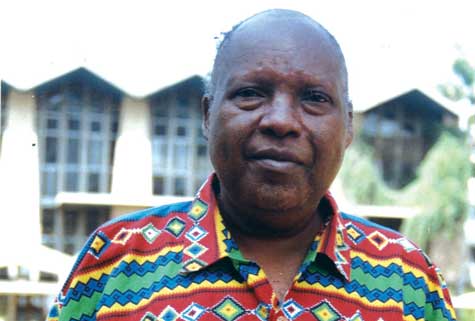×
The Standard e-Paper
Stay Informed, Even Offline
By Egara Kabaji
 |
| Kimoli with his choir in his hey day [Photo: Standard] |
“He who never saw his mother while she was still young thinks that the father wasted dowry”.